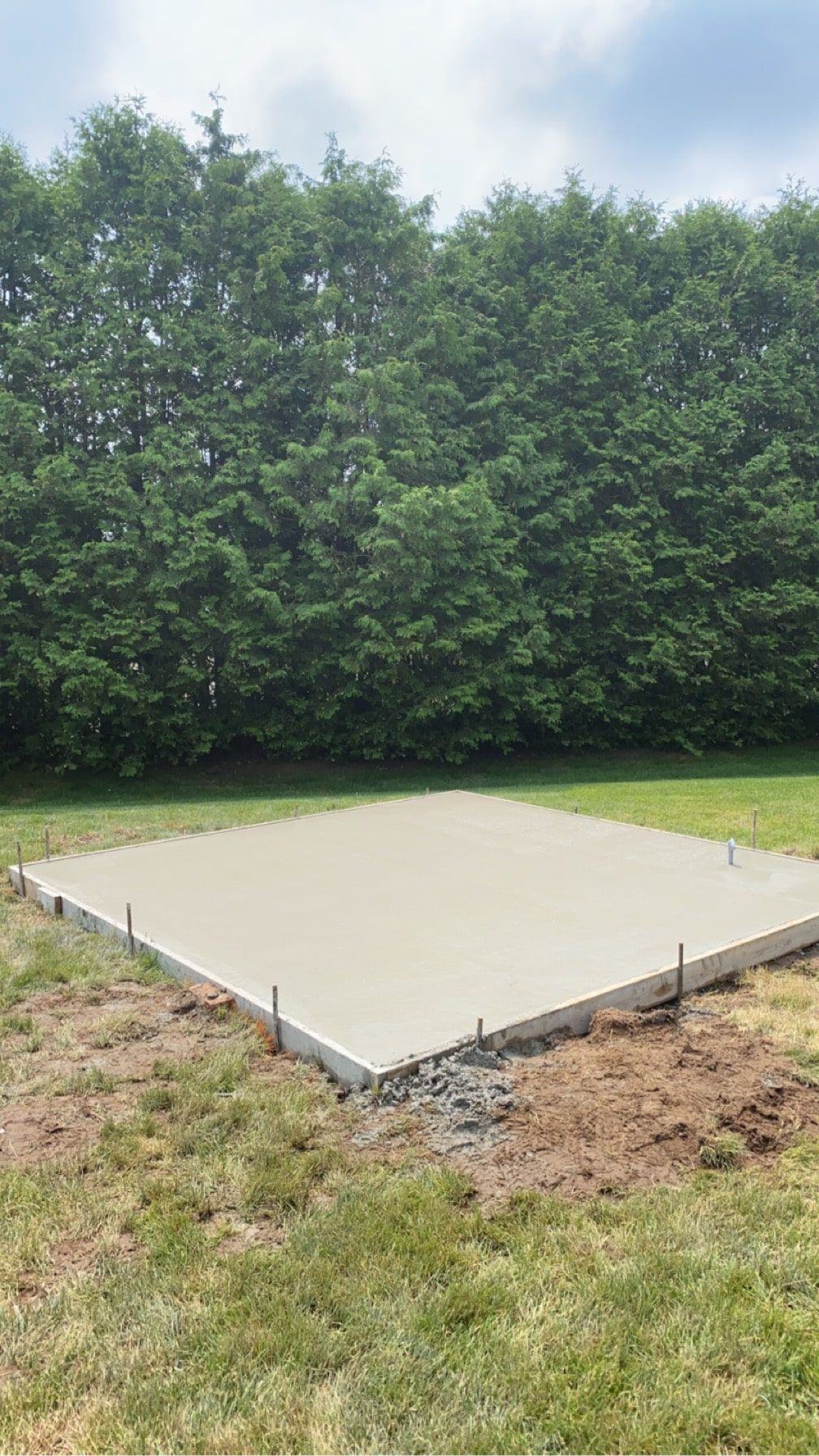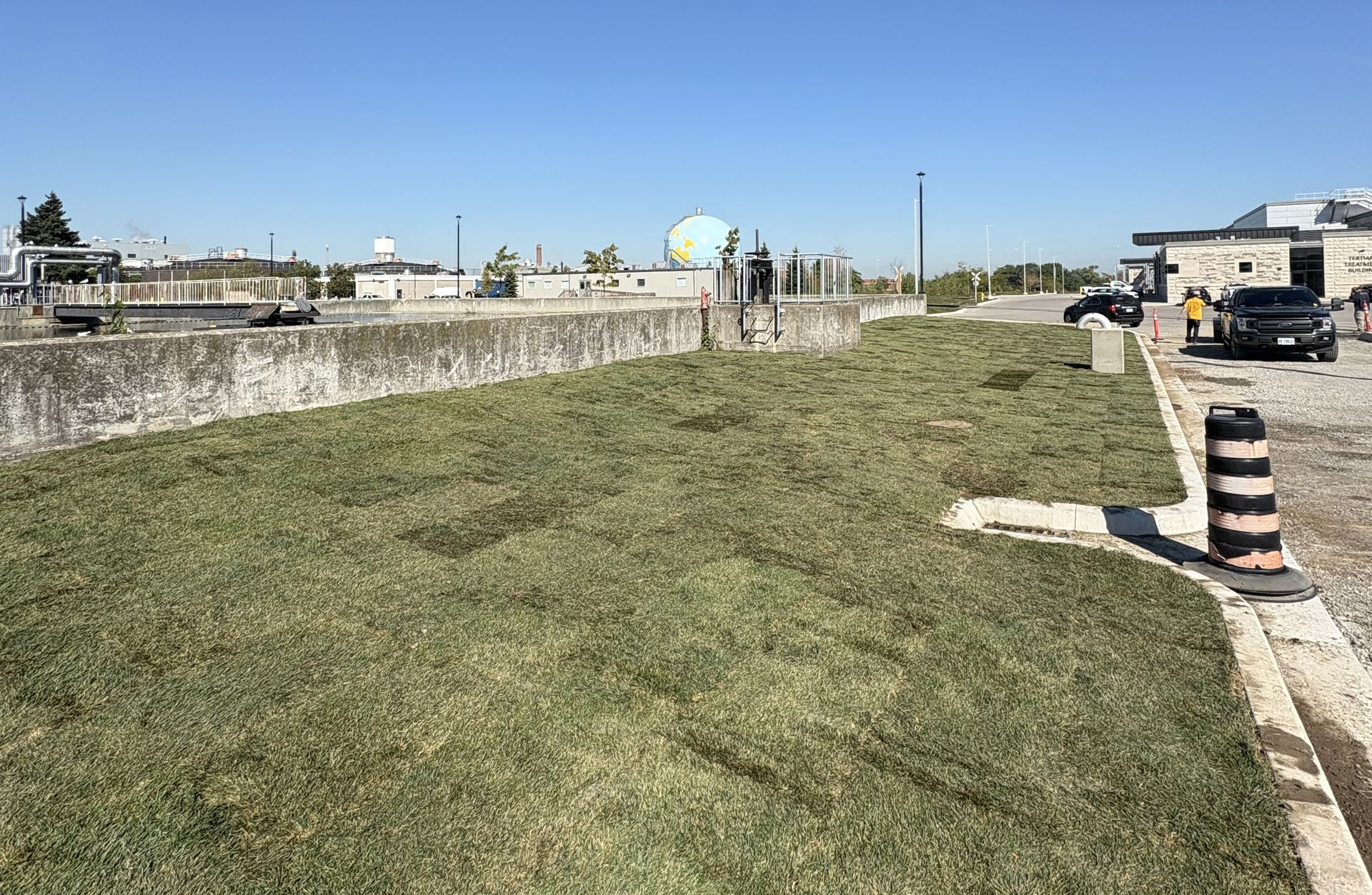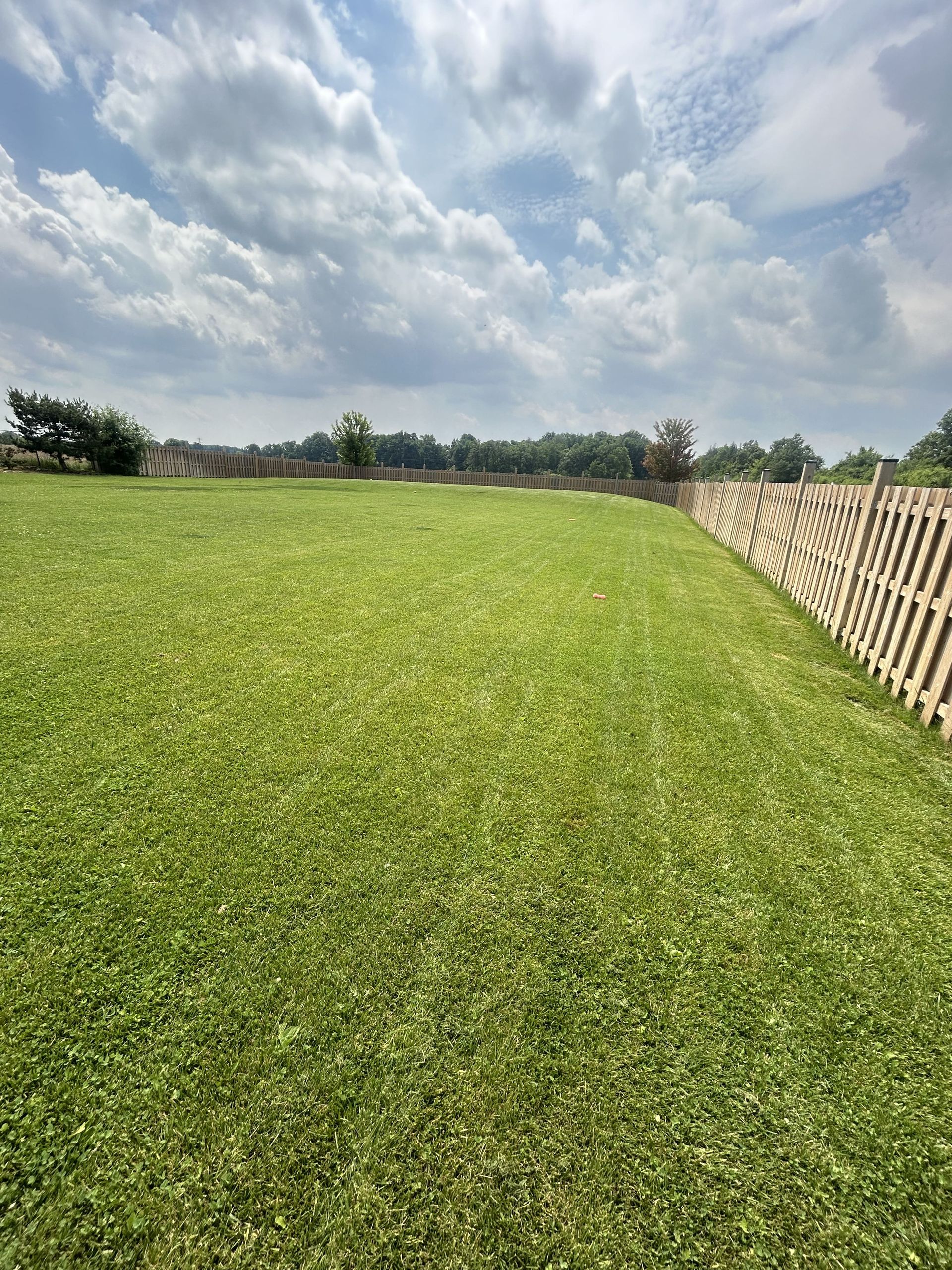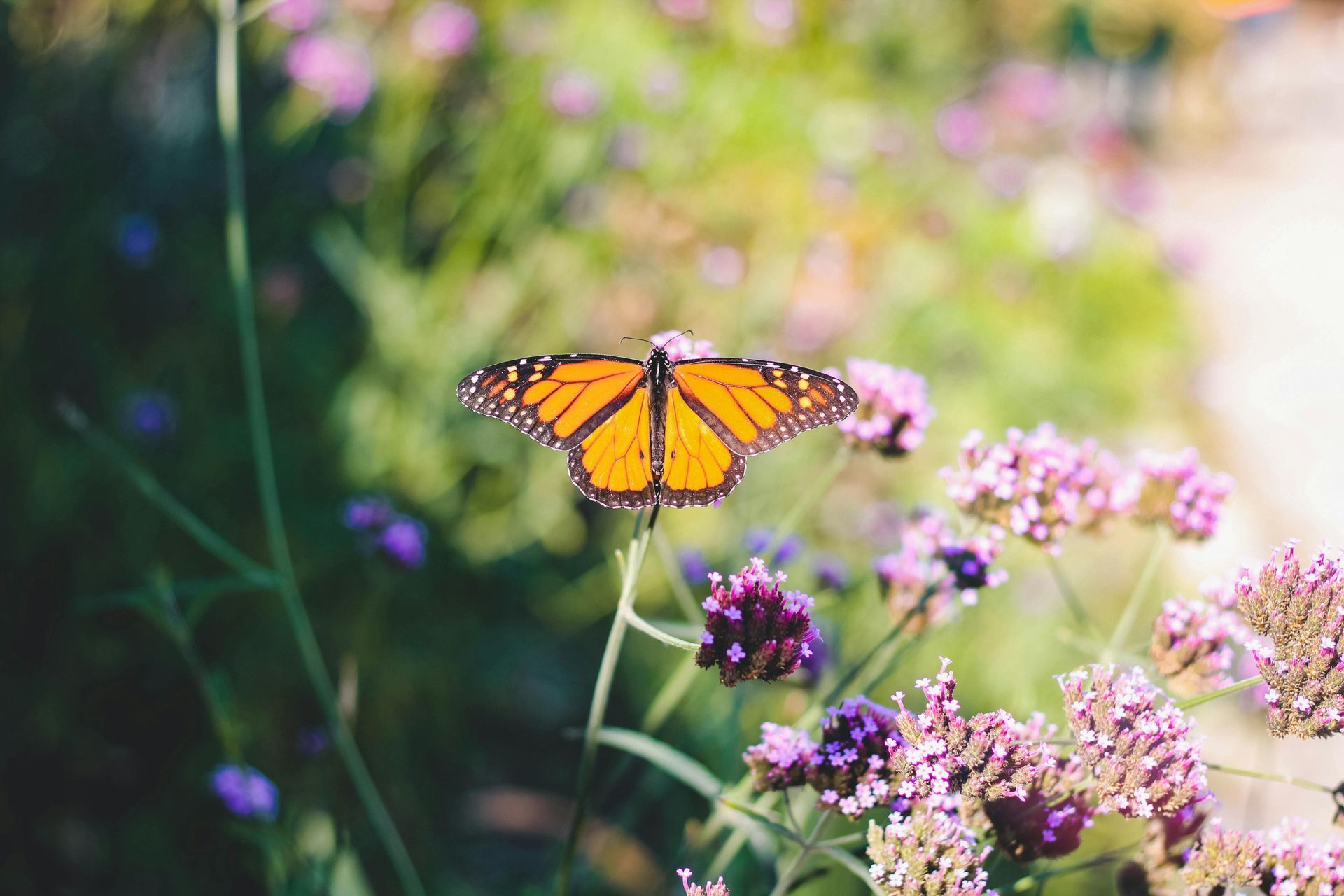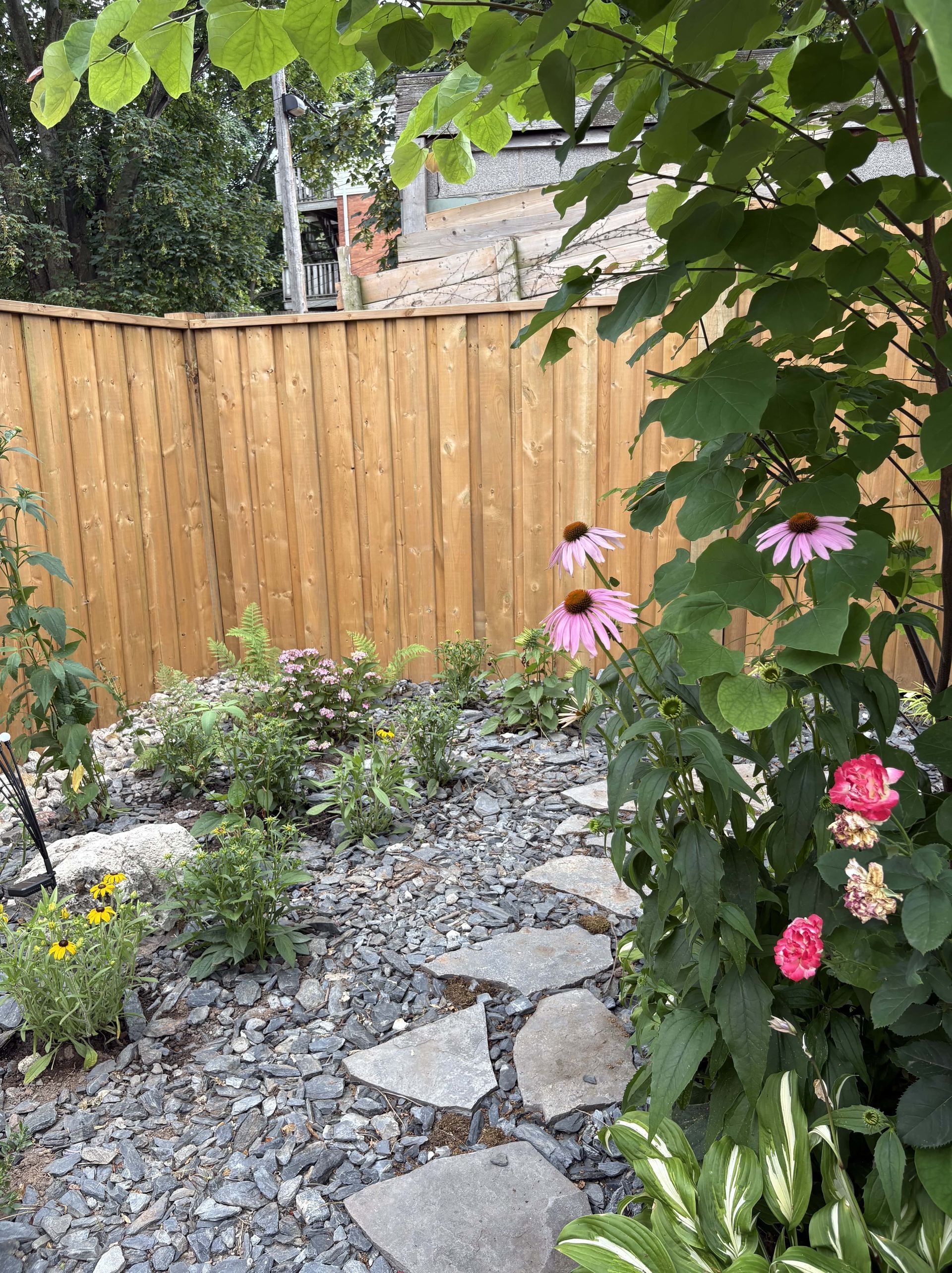The Ultimate Guide to Lawn Care Maintenance
Maintaining a beautiful lawn isn't just about aesthetics—it's also about increasing your property's value and creating a pleasant outdoor space for you and your family. In this guide, we'll explore essential lawn care tips, a step-by-step guide to creating landscape pathways, and advice on sustainable practices to keep your lawn healthy and lush. Let's get started!

Why Lawn Care Maintenance Matters
Your lawn is the first thing people notice about your home. A well-maintained lawn can significantly increase your home's curb appeal and property value.
But it's not just about looks; a healthy lawn prevents soil erosion, improves air quality, and provides a safe place for outdoor activities. With these benefits in mind, let's dive into the essential tips to keep your lawn in top shape.
Essential Tips for Mowing, Watering, and Fertilizing
Mowing
- Mow Regularly: Aim to mow your lawn once a week during the growing season. This keeps your grass at an optimal length and promotes healthy growth.
- Correct Height: Adjust your mower to cut no more than one-third of the grass blade's height. Cutting too short can stress the grass and make it susceptible to diseases.
- Sharp Blades: Ensure your mower blades are sharp. Dull blades tear the grass, leading to ragged edges that can turn brown and invite pests.
Watering
- Early Morning: Water your lawn early in the morning to minimize evaporation and give the grass time to absorb the water.
- Deep and Infrequent: Water deeply but less frequently to encourage deep root growth. Aim for about one inch of water per week, including rainfall.
- Avoid Overwatering: Too much water can lead to shallow roots and fungus growth. Use a rain gauge to keep track.
Fertilizing
- Balanced Fertilizer: Use a balanced fertilizer with equal parts nitrogen, phosphorus, and potassium. This promotes healthy growth and vibrant color.
- Seasonal Application: Apply fertilizer in early spring and late fall for the best results. Avoid fertilizing during the hot summer months.
- Slow-Release Formulas: Opt for slow-release fertilizers to provide steady nutrients over time and reduce the risk of burning your lawn.
Integrating Sustainable Practices into Your Lawn Care Routine
Sustainability is key to a healthy lawn and a healthier planet. Here are some tips to make your lawn care routine more eco-friendly:
- Use Native Plants: Native plants are adapted to your local climate and require less water and maintenance. Incorporate them into your lawn and pathways.
- Water-Wise Landscaping: Implement xeriscaping principles to reduce water usage. Group plants with similar water needs together and use mulch to retain moisture.
- Organic Fertilizers: Opt for organic fertilizers and compost to nourish your lawn without harmful chemicals.
- Manual Tools: Use manual or electric tools instead of gas-powered ones to reduce emissions and noise pollution.
Common Lawn Care Mistakes to Avoid
Even seasoned homeowners can make lawn care mistakes. Here are some common pitfalls and how to sidestep them:
- Over-Fertilizing: Applying too much fertilizer can burn your lawn and promote excessive growth. Stick to recommended amounts and schedules.
- Improper Mowing: Cutting your grass too short or using dull blades can weaken your lawn. Maintain proper mowing practices to encourage healthy growth.
- Ignoring Soil Health: Neglecting soil testing and amendments can lead to nutrient imbalances. Test your soil regularly and adjust pH levels as needed.
A beautiful lawn is within your reach with the right knowledge and effort. By following these tips for mowing, watering, fertilizing, creating pathways, and integrating sustainable practices, you can enjoy a lush, healthy lawn that adds value and beauty to your home.
